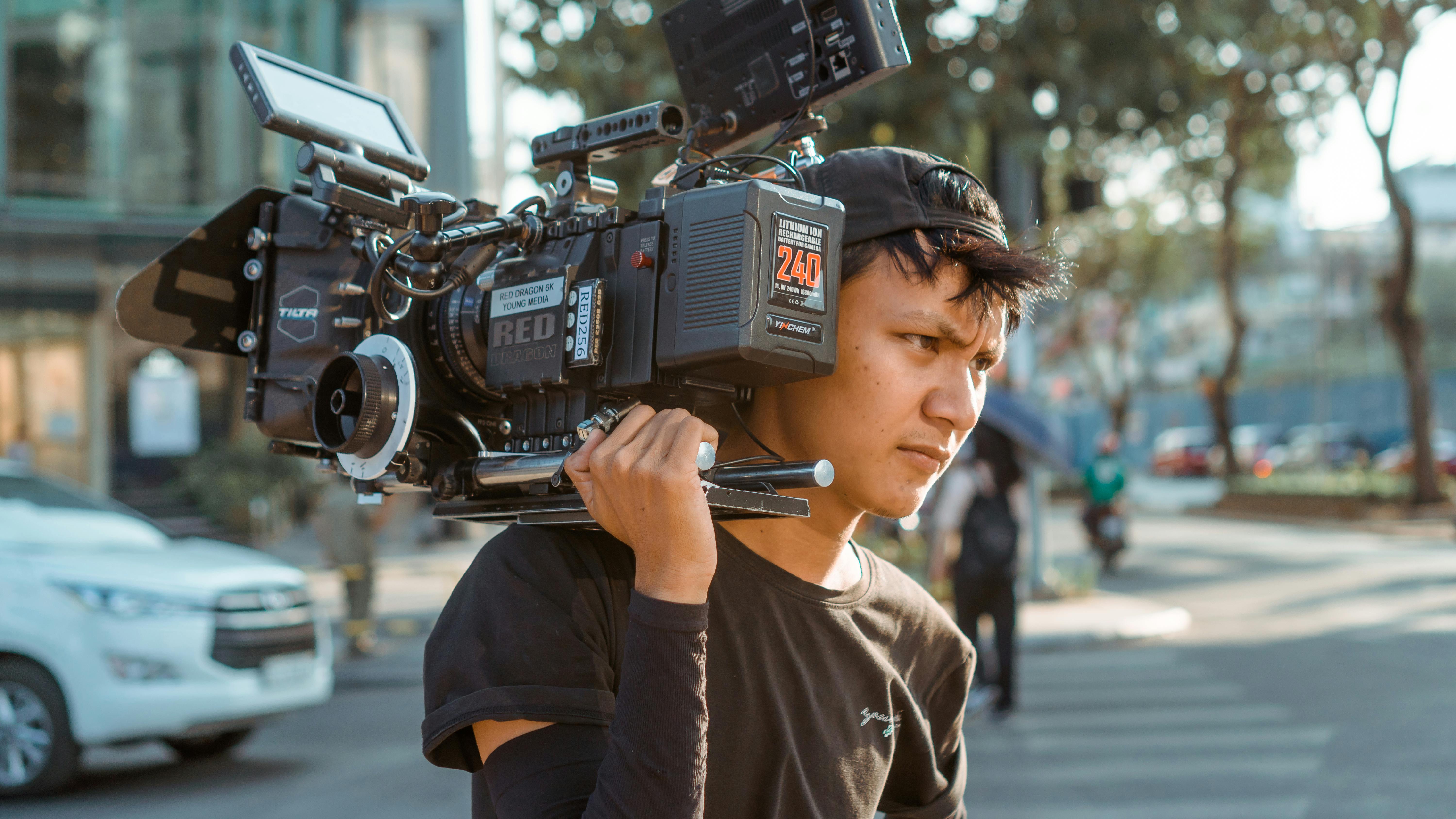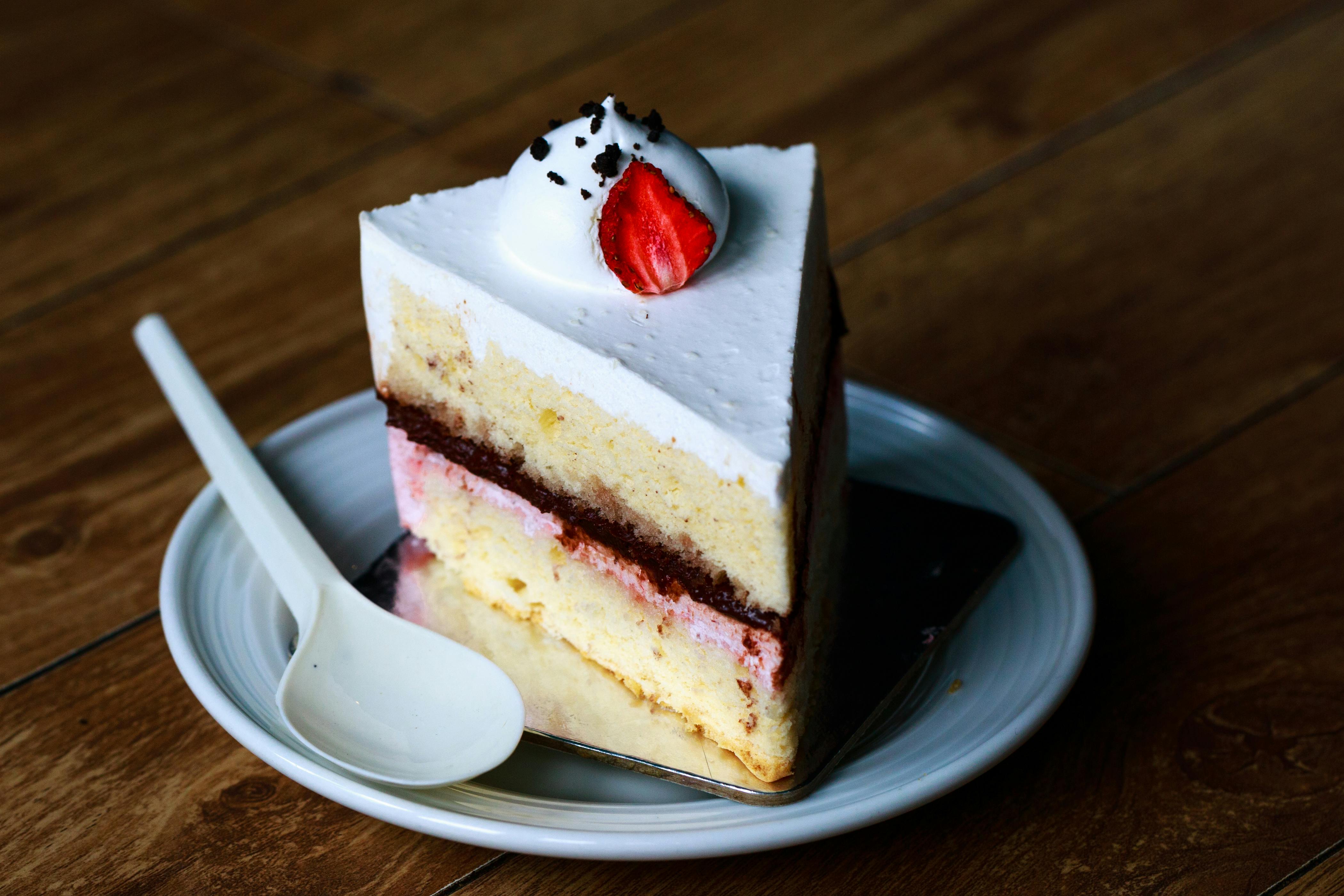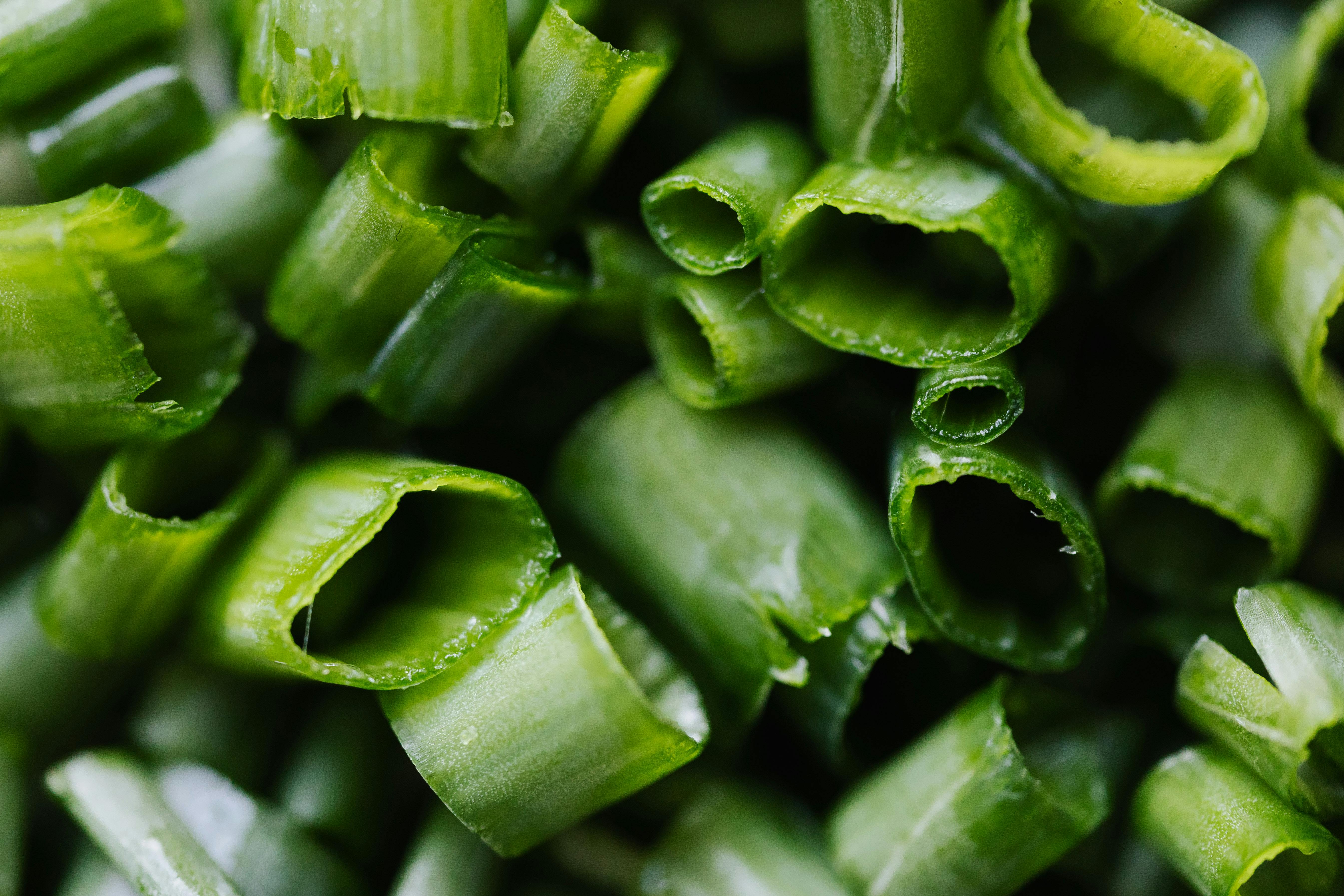As drivers, we know how the transmission works: we press the clutch, change the gear, and then continue driving normally. The manual transmission also teaches us how to perform clutch control without stopping or rolling on a slope. So how does an automatic car shift gears?
There are more parts to this system that make it a more complicated system. An automatic car has something called a torque converter. For the car to go forward, whether manual or automatic, torque is needed for the initial drive.
The torque converter is a fluid link where its job is to connect the engine to the transmission and the transmission to the drive wheels (FWD or RWD).
The engine is connected to the transmission in a bell. This is where the torque converter is. The transmission also contains something called planetary gear sets that provide different gear ratios.
The engine flex plate is also connected to this torque converter. So the torque converter basically takes the place of a clutch in an automatic car. When the crankshaft rotates, the converter also rotates. This is how the torque converter will disconnect and connect the engine power to the load being driven.
The torque converter has main components that make the automatic transmission successful. These include:
- The impeller – connected to the motor which is responsible for driving the turbine using viscous forces in the transmission fluid.
- Turbine – connected to the transmission input shaft which sends torque to the transmission.
- The stator, which is located between the impeller and the turbine. Reduces losses due to churning.
- The lockup clutch.
During compression, fluid returns from the turbine working against the impeller and its rotating motion which also acts on the engine.
The stator redirects the fluid so that most of the speed is driven into the impeller, which then adds to the torque produced by the motor. It can only rotate in one direction if the impeller and turbine are moving at the same speed. Stators do not apply torque when on a road, only when stopped or accelerated.
A sun gear set consists of a sun gear and sun gears that rotate around the central sun gear, like our solar system. A planet carrier gear connects the planet gears with a ring gear that engages them. Planetary gear set prevents certain components from moving when using clutches and brakes. This alters the input and output of the system which changes the overall gear ratio.
Depending on which component is fixed will determine the final drive ratio. If a crown is stationary or fixed, the ratio will be shorter than if the crown is fixed or stationary.



